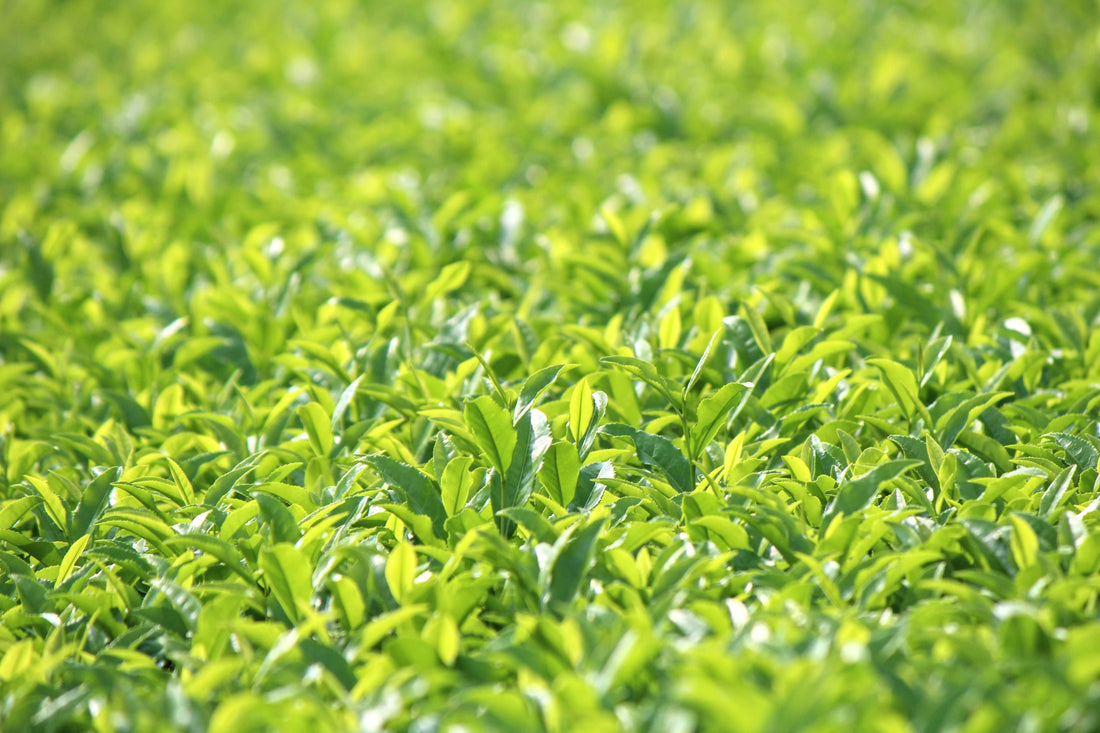
Types of Japanese Green Tea and Tea Making Guide
When you hear “tea” in the West or anyway other than Japan, we assume you are generally reminded of black tea. On the other hand, in Japan, we think mostly of green tea! What is the difference, then, between black and green tea? Color? Yes, of course. However, another difference is the level of fermentation. Black tea is fermented and it does not get pasteurized until the last step of processing so that it may ferment. Green tea, though, is steamed right after picking. Although Japanese tea is “green tea”, a brown colored version of green tea exists. Now, we will show you types of green tea divided into six brief groups.

Sen-cha: This is the most popular and makes up about 80% of tea mainly sold in Japan
Kabuse-cha/Gyokuro: You might’ve heard of Gyokuro tea before. Kabuse is similar to this one in that they are both produced in similar ways. A covering similar to cheesecloth is placed over these trees for a week before the leaves are harvested. This step increases umami flavor components in the tea leaves. For gyokuro, the covering is left on for 20 days.
Ten-cha: The most popular type of this kind is Ma-cha (maccha). With ten-cha, the leaves are not crushed and rolled as they are in all other green and black teas. Maccha is ground ten-cha.
Ban-cha: Ban-cha is generally inferior in quality to sen-cha because it is made of leaves the have grown large and tough, old leaves, or stems. The method of making ban-cha varies depending on district standard and what they allow as it has no fixed style. Sometimes it is green and other times it is brown, but it is never fermented.
Hoji-cha: This style is made of either sen-cha or ban-cha that is then roasted by a strong fire which reduces the amount of caffeine and softens it’s taste. Roasting tea leaves adds more aroma and is said to leave you feeling more relaxed.
Genmai-cha: This delicious tea is made by adding roasted brown rice to hoji-cha. It has less caffeine than traditional hoji-cha because of the amount of brown rice. We feel it’s wonderful to enjoy it’s roasted aroma and umami of rice rather than just enjoying tea leaves alone.

Tea Making Temperature Guide
Note: The following guide is a generalization and is subject to your personal taste. Our best advice is to follow the directions your tea leads you in!
Sen-cha: 80-100°C / 176-212°F, extraction time varies 30 seconds to a minute.
Kabuse-cha: 40-50°C/ 104〜122°F, extraction time is 2 minutes. For Gyokuro, it should stay at 40°C/ 104°F.
Ten-cha: 80°C/ 176°F or lower for maccha
Ban-cha: 90〜100°C/ 194〜212°F, extraction time is 30 seconds to a minute.
Hoji-cha: 90〜95°C/ 194〜123°F, extraction time is one minute.
Genmai-cha: 90〜95°C/ 194〜123°F, extraction time is one minute.
Tips for having a Tasty Second Cup
1. The flavor of tea is concentrated in the last drop, so be sure to pour out the last drop of tea from your pot before starting your second infusion, so that your second cup will be fresh and not bitter.
2. Remove the lid of the pot to prevent the tea leaves from steeping too much.
3. Use slightly hotter water for your second infusion than the first, in order to avoid cooling and to enjoy the different tasting notes that come through like umami and mild bitterness.
4. Try to steep your second cup a little less than the first. In other words, pour your tea earlier for this cup. Your tea leaves have already been steeped quite a bit during the first infusion.




